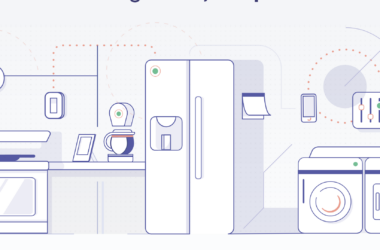Last month, the first ever Plugfest took place on the 23rd floor of the IBM Watson Internet of Things Center in Munich – IBM’s global headquarters of its Watson IoT business unit. Using the EEBUS standard for communication between products, various manufacturers completed a test-run for digital heating systems.
The EEBus Initiative e.V. is an independent association with over 60 members: which predominantly includes leading European manufacturers in the fields of smart home, connected home automation, electromobility and energy. The association and its members develop the open EEBUS standard − the world language of energy for the Internet of Things.
Successful test at Plugfest
A “Plugfest” is an event based on a certain industry standard, which tests the interoperability of products or designs from many different manufacturers. This was the first Plugfest with the EEBUS communication for Heating, Ventilation and Air-Conditioning (HVAC) systems. With this standard, devices and systems can communicate with each other, aiming for efficient use of energy.
Vaillant, Viessmann and Wolf Heiztechnik, three of Germany’s major heating manufacturers, participated in the EEBUS Plugfest. On-site were also SMA Solar Technology, eQ-3 AG, as well as the VDE Institute, with its latest test suite 2.0 conformity assessment. Representatives from other member companies such as Bosch Thermotechnik, French smart home platform provider Overkiz, and numerous automotive manufacturers attended the Plugfest to incorporate the experience in their own developments.
It was a highly focused atmosphere, with teams of developers connecting their heating control systems to Smart Home system software. After many discussions, frowns, and rattling keyboards, finally: success, followed by clinking coffee cups and high fives. After two days of intense testing, the participating companies celebrated a productive Plugfest, in which the EEBUS standard had been implemented, allowing their products to communicate successfully. The EEBUS interfaces involved heating controllers, energy managers and Smart Home systems, which all worked flawlessly, and are now fit for the mass market.




